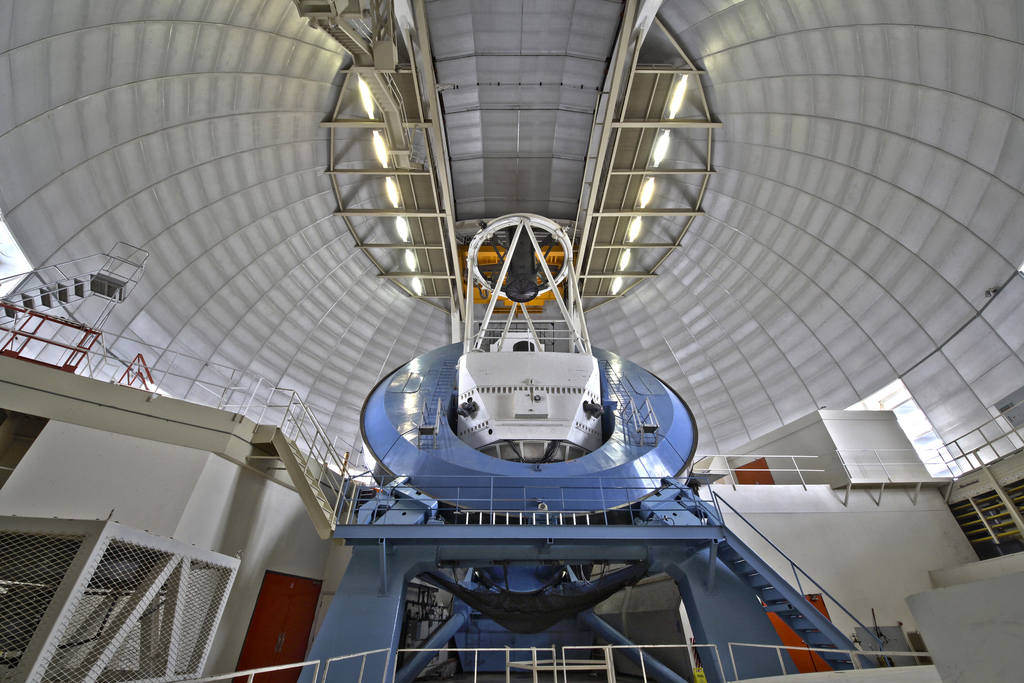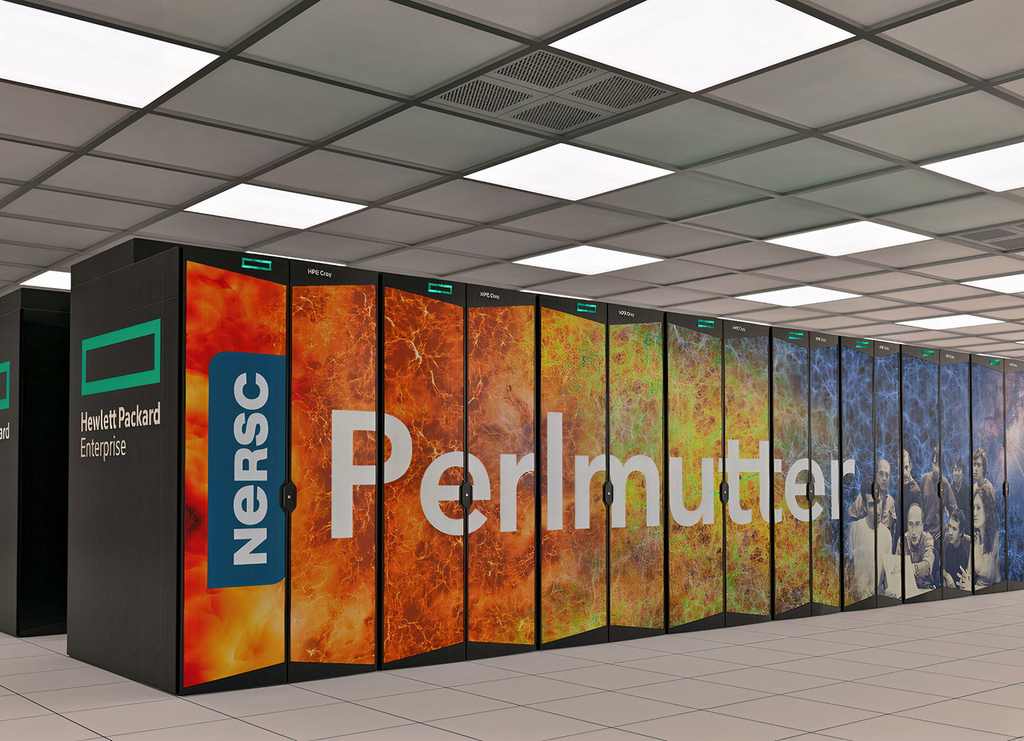Creating the World's Largest 3D Map of the Universe With Perlmutter Supercomputer

The Perlmutter supercomputer will be used to produce the largest 3D map of the Universe!
The Dark Energy Spectroscopic Instrument (DESI) is a stunning new instrument designed to map an incredible 40 million galaxies over the next five years or so - it has suffered from the COVID-19 pandemic too, as the observatory with the telescope it is mounted on, the 4-meter Mayall Telescope at Kitt Peak National Observatory, Arizona, was shut down in March last year and has only slowly started its activity (mainly maintenance) since September. On the 17th May 2021, DESI it has started full observations again, with over 5000 galaxies observed per image, and we now also know how all this data will be processed.

The cover image shows its "first light", DESI's 5000 eyes' first observation in October 2019, when the instrument was calibrated
Nvidia Corporation is a tech company that owns what is now the world’s most powerful supercomputer, Perlmutter, at the National Energy Research Scientific Computing Center (NERSC). NERSC supports over 1000 projects across various scientific disciplines from climate change and bioenergy to particle physics. With the Perlmutter supercomputer, NERSC wants to meet scientists’ increasingly computationally intensive demands for simulations and data analyses. Note that Saul Perlmutter was a cosmologist, an astronomer who studies the evolution of the Universe, and discovered the phenomenon of the accelerating expansion of the Universe for which he received a Nobel Prize in 2011, so it’s unsurprising that the supercomputer that will map the Universe is named after him! Instead of taking months for the DESI team to process the data with current methods and computer systems, the supercomputer will take just a few days thanks to its artificial intelligence-based software and new- generation hardware.

You might wonder, what exactly is the point of all this technology? DESI is collecting data about the position and displacement of all the galaxies it can observe. Cosmologists have a reasonably good understanding of how galaxies and clusters formed from the initial “soup” of particles just after the Big Bang, yet they only know about 5% of what the Universe is composed of – most of the matter is dark matter, a mysterious substance that only interacts gravitationally with normal matter, and most of the energy is also “dark”: an unknown form of energy that causes the Universe to accelerate its expansion, as Saul Perlmutter and his team observed. Numerous theories try to explain why it’s there, yet none of them has been conclusively proven – some theories even propose that matter, both the normal one and dark matter, affects gravitational forces enough to distort our view of the Universe in such a way that dark energy isn’t actually required. By measuring the Universe’s expansion at different times, like DESI will (remember that observing distant galaxies is observing their state millions or even billions of years ago), cosmologists will obtain better constraints for their models, allowing them to test the aforementioned hypotheses.
So, one of the first tasks of the incredible Perlmutter device will be to map galaxies, with the hope that this will reveal the nature of dark energy, one of the biggest mysteries in modern cosmology - some of its upcoming tasks might solve many more problems in physics, biology and other disciplines to help us understand our Universe.
Cover Image: First light, DESI Collaboration; Legacy Surveys; NASA/JPL-Caltech/UCLA
Image Credit:
1 - Mayall Telescope, DESI/US DOE Office SC
2 - Perlmutter, Nvidia/NERSC
